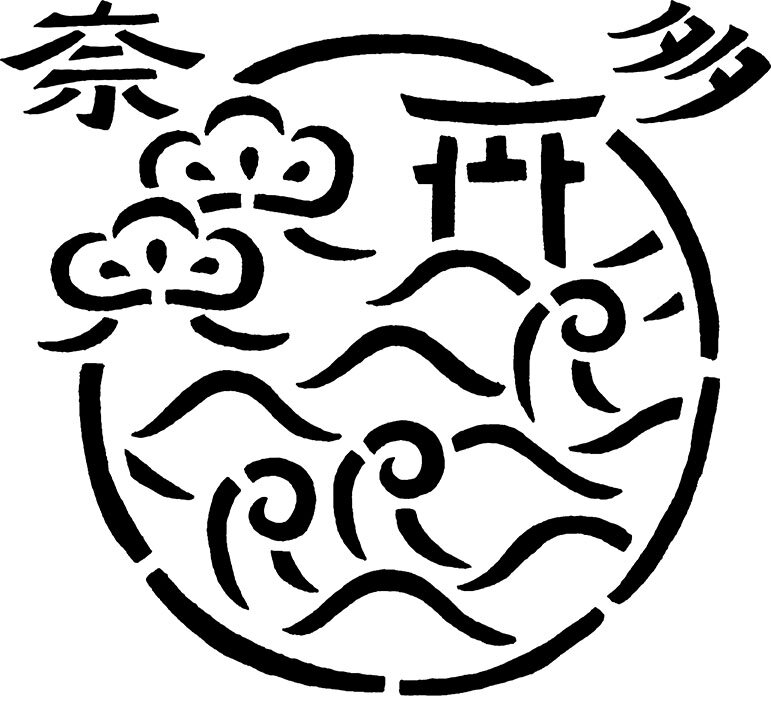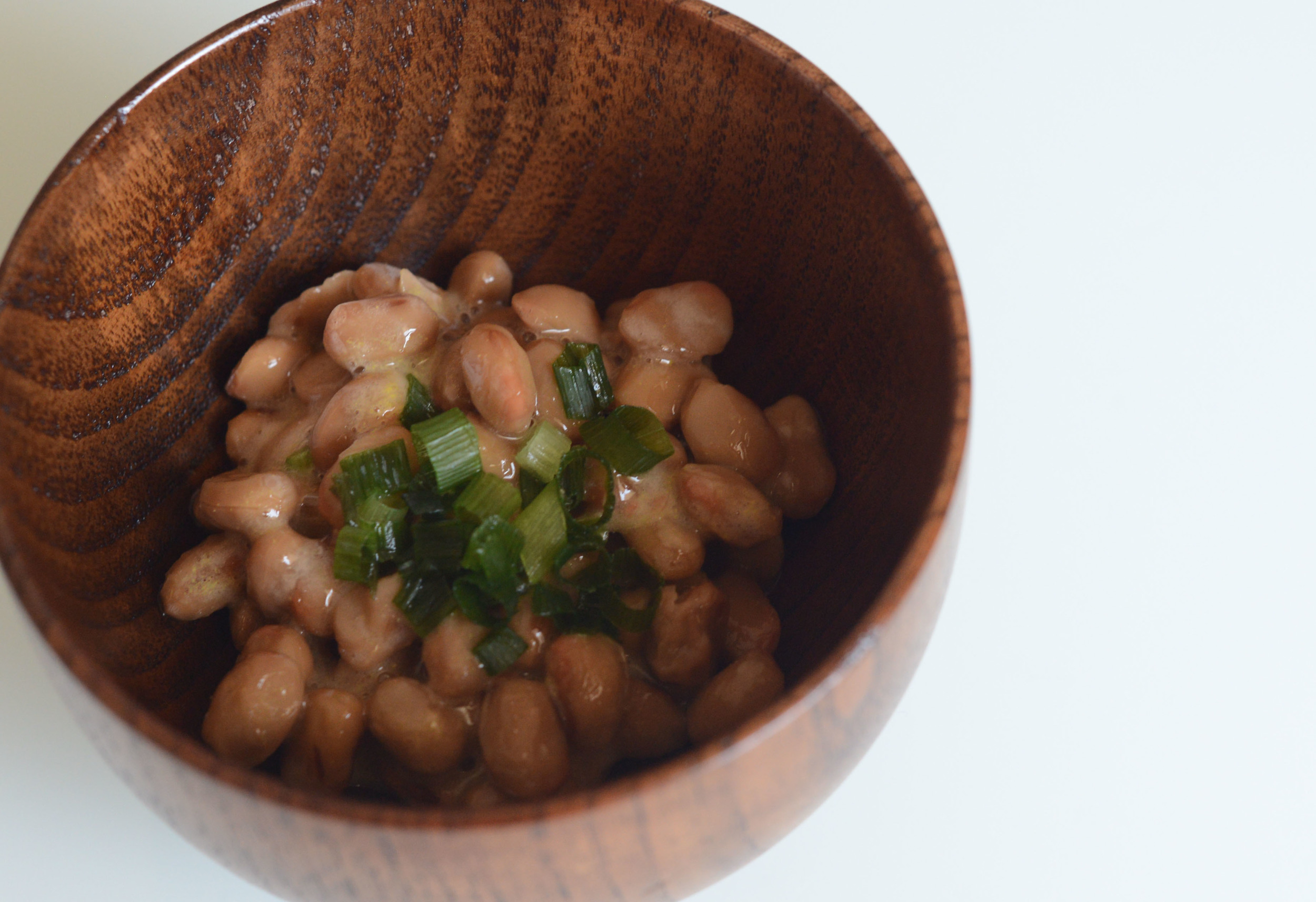
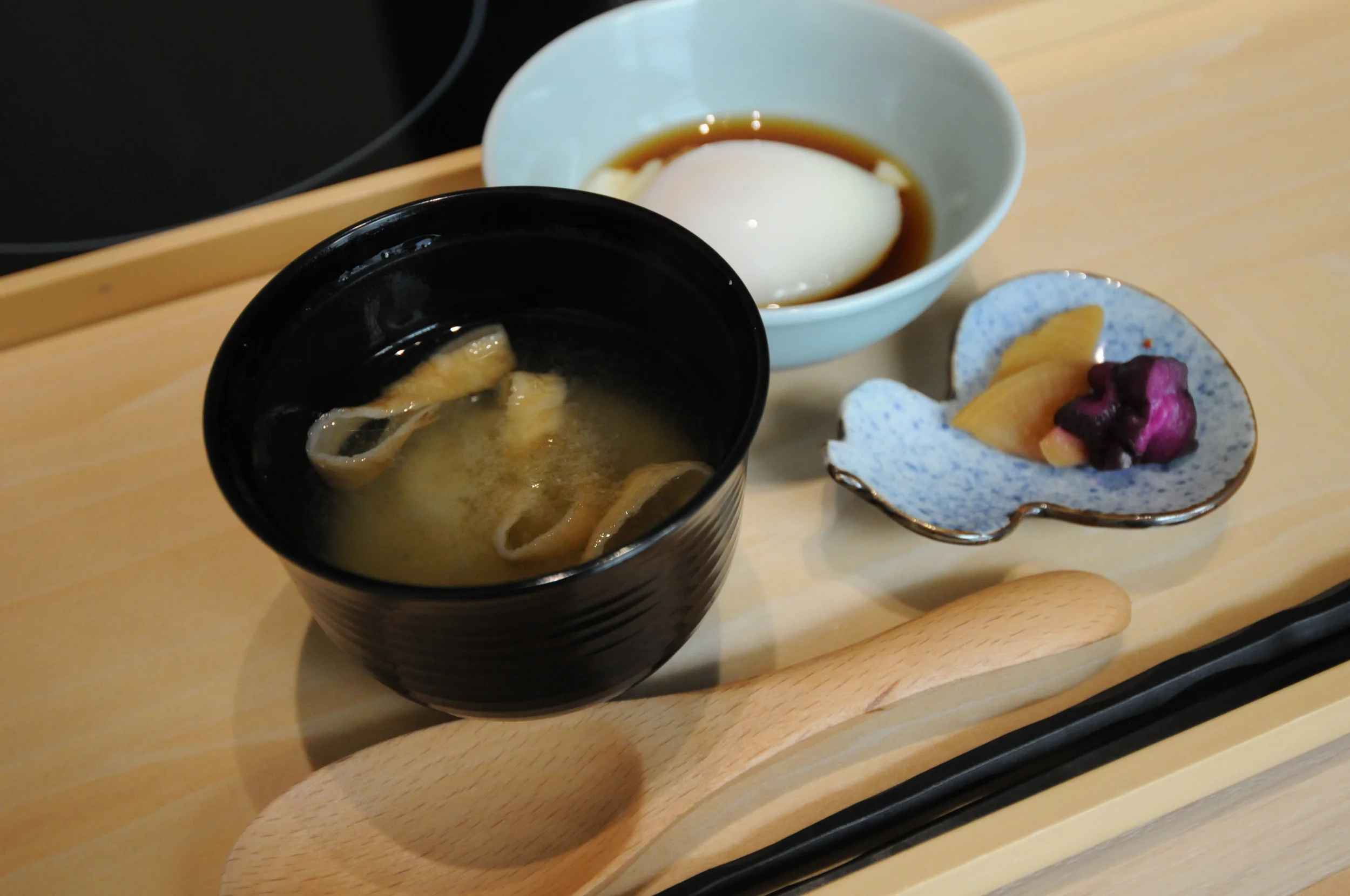
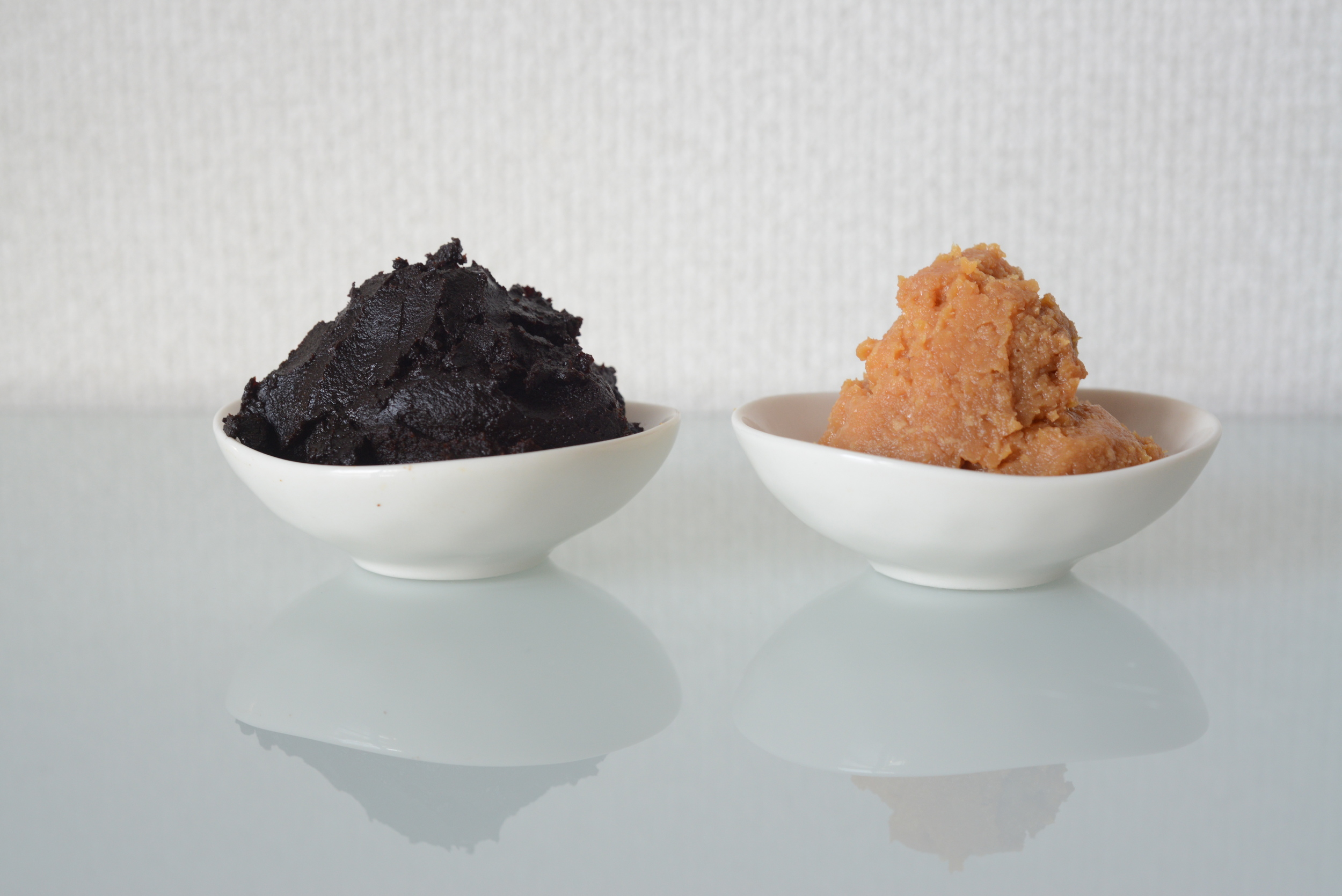

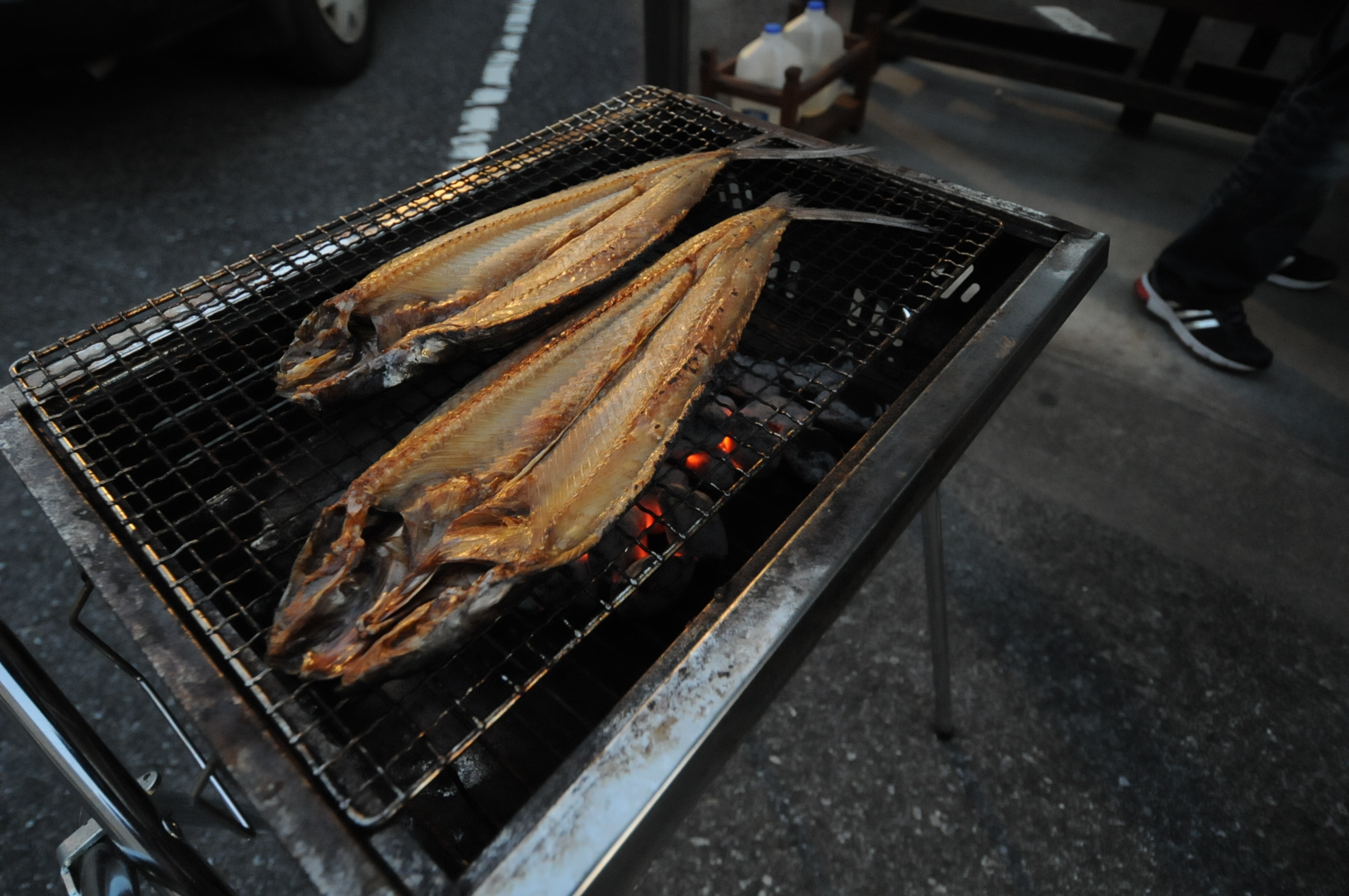
In Japan, the best foods in life are fermented
Photos and story by Tetsuo Nakahara - Published on Stripes Japan
Some consider Japanese cuisine to be one of the healthiest foods in the world, crediting it for giving Japan what the World Health Organization says is the highest life expectancy (83 years) of nearly 200 surveyed nations. And when you talk about Japanese food culture, inevitably, fermentation comes up.
Palates less familiar with the flavors – and aromas – of Japan’s fermented foods may be challenged at giving some a try. Some foreigners may even wonder why that challenge always seems to come with foods we call “healthy.” But fermented food is the “soul food” of Japan and has been a part of our daily lives for centuries.
In most Japanese homes it is easy to spot fermented foods in the kitchen. I have fond childhood memories of my grandmother making homemade miso (fermented soybean paste) and “umeboshi,” or pickled plums, in her kitchen. It is nothing fancy, but very simple – and healthy.
Japan very well may have one of the world’s largest selections of fermented foods such as “natto” (fermented soybeans), miso, soy sauce, a plethora of fermented fish and seafood innards and a variety of pickled vegetables as well as sake and other alcoholic beverages.
Fermented foods are particularly suited to, and inevitably tied to, certain places. The natural food products, climate, microorganisms and human ingenuity local to any given place are essential to the fermentation process. In Japan, temperature and humidity levels are ideal for the reproduction of bacteria and other microorganisms that stimulate fermentation.
We believe that supplementing our diets with fermented foods offers us some health benefits. It can help reduce high cholesterol. It also strengthens and supports our digestive and immune systems, thereby helping our bodies fight off and prevent diseases.
Fermented food may not be as attractive as other more well-known Japanese dishes like tempura and sushi. However, it’s definitely worth getting acquainted with a few of our fermented foods while you are here. After all, they’re healthy.
Umeboshi - ancient wisdom in a pickle . . .
“Umeboshi” is a very sour pickle made by fermenting plums. You will see umeboshi in Japanese lunch or bento boxes sold in the super market. This is in part to prevent food spoilage, because it is believed umeboshi help prevent bacteria growth. Bento whith a single umeboshi in the center of the rice are called “Hinomaru” bento, after Japan’s flag.
The plums are picked before they are ripe. Then they are heavily salted and pickled, usually with red perilla leaves, for three days or sometimes as long as a year, depending on preference. Next, they are dried for a few days. The fermentation produces vinegar, making the plums very sour. The plum turns red (if red perilla leaves are used), and very soft. Some umeboshi have been pickled for over 50 years and are prized for their complicated flavors.
Reputed benefits: Umeboshi are believed to have remarkable medicinal properties. The strong acidity is said to help neutralize fatigue, stimulate digestion and help rid the body of toxins. Umeboshi are reputed to help ease hangovers.
Natto - the king of fermented foods . . .
It is sticky, smelly and slimy. To say foreigners would find eating “natto” interesting, is an understatement. Natto is “fermented” soybeans. But it’s often touted as Japan’s representative healthy food.
Natto is probably the most unique – and popular – of Japan’s traditional health foods. It is highly nutritious and rich in protein. Japanese love to eat natto with soy sauce or, if you like, add raw egg and chopped green onion to it on top of your rice.
For centuries, natto had been made using a specialized fermentation process by adding beneficial bacteria, Bacillus natto, to soybeans. The fermentation process enhances the nutritional value of the soybeans and develops a unique flavor and texture. The sticky texture is the result of natural fermentation process.
To be honest, I used to hate natto when I was a child because of the stinky smell. But as I became older I came to love it. Now I can’t live without it. You will never know unless you try it.
Reputed Benefits: Like all soybean products, natto is high in plant protein. Studies found that natto is also rich in vitamin K which is essential for healthy blood clotting as well as protection against bone fractures and osteoporosis. Natto also contains an enzyme called “nattokinase” which studies show helps dissolve blood clots in animals,” according to by Dr. Hiroyuki Sumi, of Chicago University. It works by breaking down fibrin, a protein which can lead to heart attack, stroke, poor circulation and slow tissue repair when present in excess.
Kusaya - the worst stench ever . . .
“It smells like poop.” That was my impression when I tried “kusaya” for the first time. It has the worst aroma of any Japanese food, even though it looks like normal dried fish. In fact, the word “kusaya” actually means “stinky.”
The stench is caused by fermenting with too little salt to fully preserve the fish. It is said that the practice probably started due to the high cost of salt in ancient times. Now it’s a delicacy.
Mackerel or other small fish are washed many times in clear water. Then they are soaked eight to 20 hours in a fishy brine called “Kusaya-jiru” (literally, “stinky soup”) that may have been brewing for generations. Some of these brine mixtures are over 100 years old. The fish is then dried in the sun for about two days and put up in jars.
Actually, the flavor is mild. Kusaya is often eaten while drinking sake or other alcohol beverages.
People usually have a love-hate relationship with kusaya. Honestly, I am not a big fan of kusaya because of the smell. But some of my friends just love it.
I am sure that kusaya is something that the Japanese would love to dare foreign people to eat. Eating kusaya will be something you can talk to your friends back home.
Reputed Benefits: Kusaya contains much more protein and calcium compared to normal dried fish according to research by Tokyo Metropolitan Institute. In general, it is said that kusaya helps to recover fatigue and helps to slow aging.
Miso - the magical soybean paste . . .
Miso is an indispensable seasoning that you will find in any Japanese kitchen as easily as you will soy sauce. Miso is produced by fermenting soybean and sometimes barley, brown rice, or other grains with a type of fungus known as “koji” (aspergillus oryzae).
The fermentation process can take anywhere from a few days to a couple of years to complete and the end result is a red, white or dark brown colored paste with a buttery texture. Typically, the darker the miso is, the saltier and stronger the flavor.
Like most probiotic foods, miso should only be added to soups or other dishes just before they are removed from the heat. This is to preserve the live koji cultures in miso and also to retain as much nutrients as possible.
These days, low-salt miso is also getting popular and can be found in markets, so that salt-conscious consumers can partake in its many health benefits.
Reputed Benefits: Besides containing a good amount of readily absorbable protein, miso is also high in vitamin B12. It also supplies trace levels of minerals such as zinc, copper and manganese, which are crucial for good health.
- See more at: http://okinawa.stripes.com/news/japan-best-foods-life-are-fermented#sthash.g8AlwuYX.dpuf
